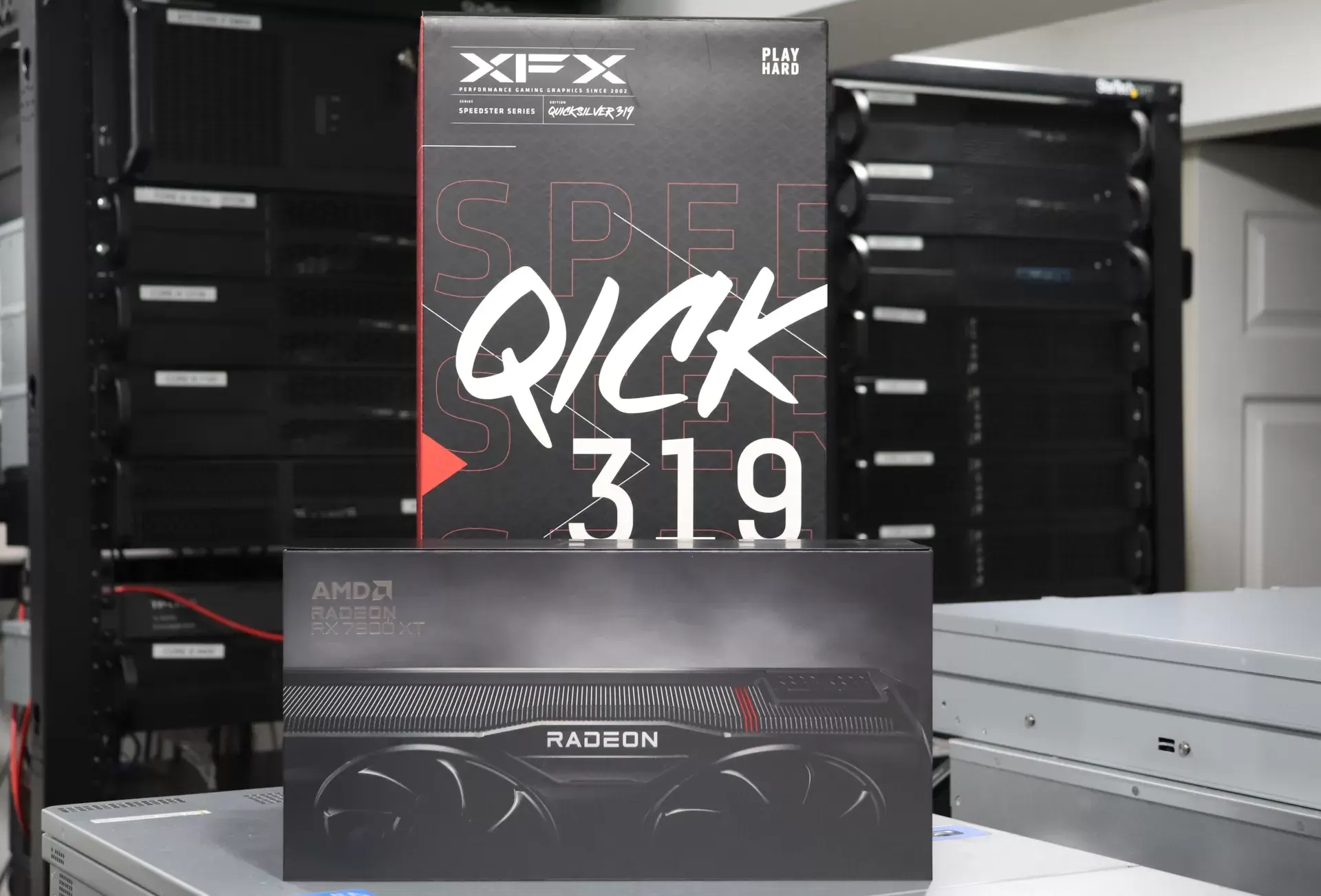It’s beating the pants off of Nvidia’s offerings in everything but RT (which is expected), beats Nvidia on price, and doesn’t require sticky proprietary drivers on Linux. I think AMD has a huge winner on their hands this generation.
This is the best summary I could come up with:
Today also marks the review embargo lift so I’m now able to talk about the Linux support and performance for these new RDNA3 graphics cards that are designed for 1440p gaming,
As a reminder, the Radeon RX 7700 XT pricing starts out at $449 USD for this graphics card that has 54 RDNA3 compute units, 54 RT accelerators, 12GB of GDDR6 video memory on a 192-bit interface, a 2171MHz game clock, and 48MB 2nd gen Infinity Cache all while having a 245 Watt board power.
The Radeon RX 7800 XT meanwhile starts out at $499 USD and has a slightly higher board power at 263 Watts but has 60 RDNA3 compute units, 60 RT accelerators, 16GB of GDDR6 video memory on a 256-bit interface, a 2124MHz game clock, and 64MB 2nd gen Infinity Cache.
Switching to a newer Mesa version isn’t required compared to what Ubuntu 23.04 ships but it’s generally recommended to use Mesa Git or the latest upstream release for the best RadeonSI OpenGL and RADV Vulkan performance.
For those on Fedora 38, simply installing all available system updates will get you going with the necessary Linux kernel and firmware requirements.
I’ve only had less than two weeks with these new Radeon RX 7000 series graphics cards but in all of my testing thus far they have been running well in the above configurations.
The original article contains 568 words, the summary contains 226 words. Saved 60%. I’m a bot and I’m open source!




